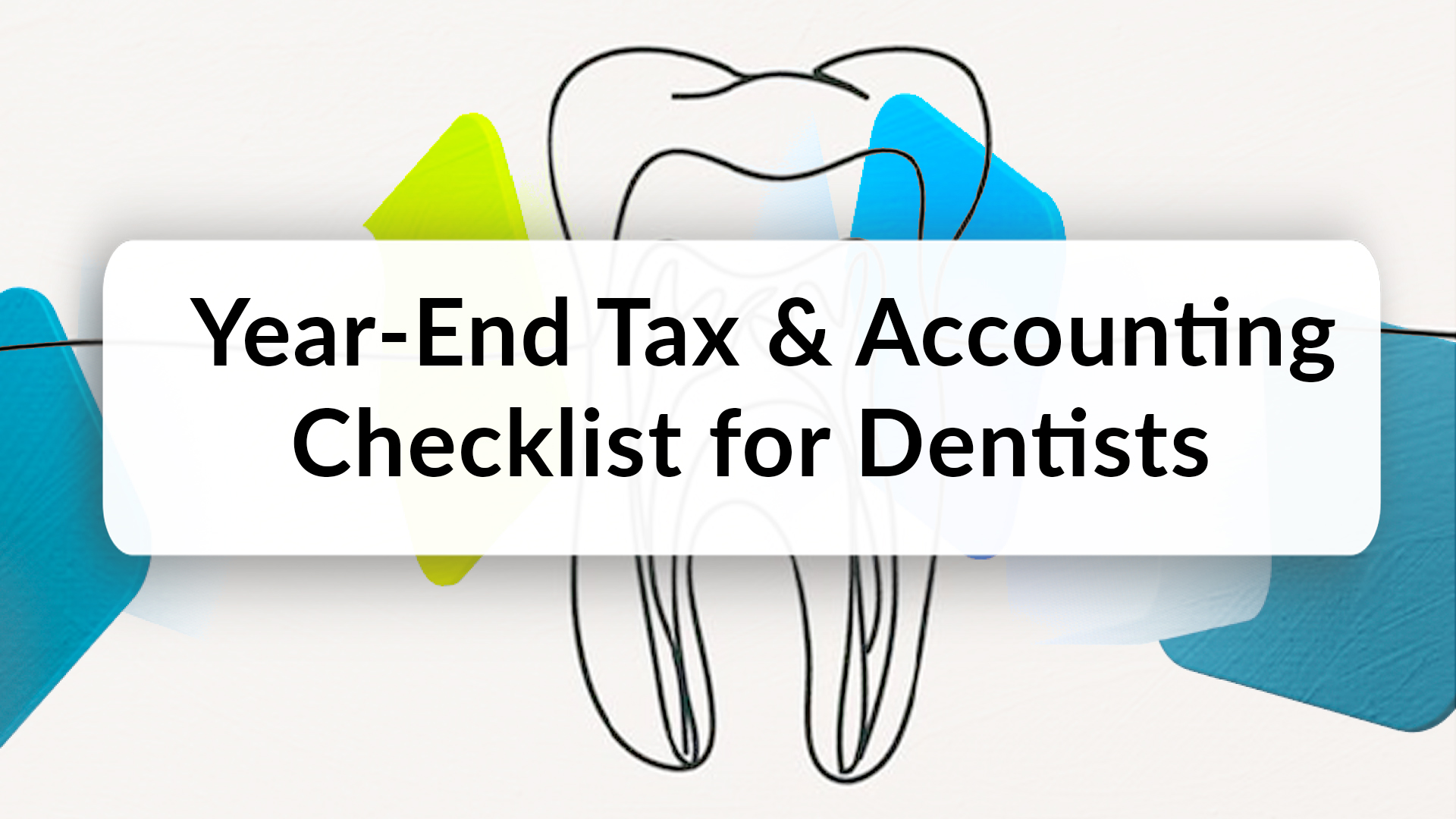Are you utilizing a car for your business operations? Understanding the complex tax depreciation deductions for vehicles, including a wide range of pickups and SUVs designated as passenger autos, can be challenging. These specific restrictions often extend the duration required to fully depreciate a vehicle than initially anticipated.

The Standard Mileage Rate Already Includes Depreciation
When it comes to calculating deductions for a passenger vehicle, you only need to perform separate depreciation calculations if you opt for the actual expense method. However, if you go with the standard mileage rate (which is set at 65.5 cents for every business mile driven in 2023), this rate already accounts for the vehicle’s depreciation.
Should you decide on the actual expense method for your passenger vehicle’s deductible expenses, a distinct depreciation calculation is required annually until the vehicle’s cost is fully accounted for. Generally, you spread the vehicle’s cost over six years to calculate depreciation:
- 20% in the first year
- 32% in the second year
- 19.2% in the third year
- 11.52% for both the fourth and fifth years
- 5.76% in the sixth year
However, if the vehicle is used 50% or less for business, the straight-line method is mandatory for computing depreciation instead of these percentages.
For vehicles exceeding the set cost threshold in the year they are put to use, there are annual depreciation caps to consider. These caps are subject to change with inflation. For instance, a passenger vehicle put to use in 2023 that exceeds the threshold may be subject to a first-year depreciation cap of $20,200 if you opt for bonus depreciation. The following caps apply:
- $19,500 for the second year
- $11,700 for the third year
- $6,960 for each subsequent year until full depreciation is reached
These limits decrease corresponding to the degree of nonbusiness use. Moreover, the straight-line method becomes necessary for vehicles whose business usage does not exceed 50%.
Note that, following the Tax Cuts and Jobs Act, bonus depreciation is set to decline until it reaches zero by 2027 unless there is legislative action to extend it. In 2023, the deduction stands at 80% for qualifying property, and it is expected to drop to 60% in 2024.
Special Rules for Heavy Vehicles
Heavy SUVs, pickups, and vans are subject to more advantageous depreciation guidelines if they are used primarily for business (over 50%), as they are categorized as transportation equipment for depreciation. This applies to vehicles with a gross vehicle weight rating (GVWR) over 6,000 pounds, which includes numerous SUVs and pickups, identifiable by the GVWR label located inside the driver-side door.
Electric Vehicle Tax Credits
Despite the upfront costs acting as a deterrent, electric vehicle tax credits emerge as a crucial solution. These credits, mainly offered at the federal level, incentivize EV purchases and significantly reduce taxes.
The amount varies based on factors like EV type and battery capacity. Essentially, tax credits work by decreasing the taxpayer’s owed amount, making EV ownership more financially viable. Besides federal credits, some states provide additional perks like Renewable Energy Credits, EV incentives, and HOV lane access.
Claiming these credits involves filing the appropriate form with the federal income tax return. Notably, eligibility criteria include being the original owner of a new, qualifying EV with federal income tax liability.
In summary, electric vehicle tax credits deliver substantial financial savings, environmental benefits, and technological progress, making EV ownership more accessible and affordable for everyone.
For more details, read our full article – Electric Vehicle Tax Credits – Exploring the Benefits
The Significance of After-Tax Vehicle Costs
Depreciation limits affect the after-tax costs of passenger vehicles for business use. The actual cost of a business vehicle is effectively reduced by the tax savings from depreciation deductions. If deductions are lessened, delaying them to future years, the immediate tax savings are diminished due to the time-value of money, resulting in a higher true cost for the asset.
Leasing high-cost passenger vehicles for business use follows different rules. For further inquiries or details, please reach out to us.





